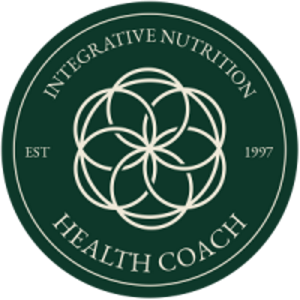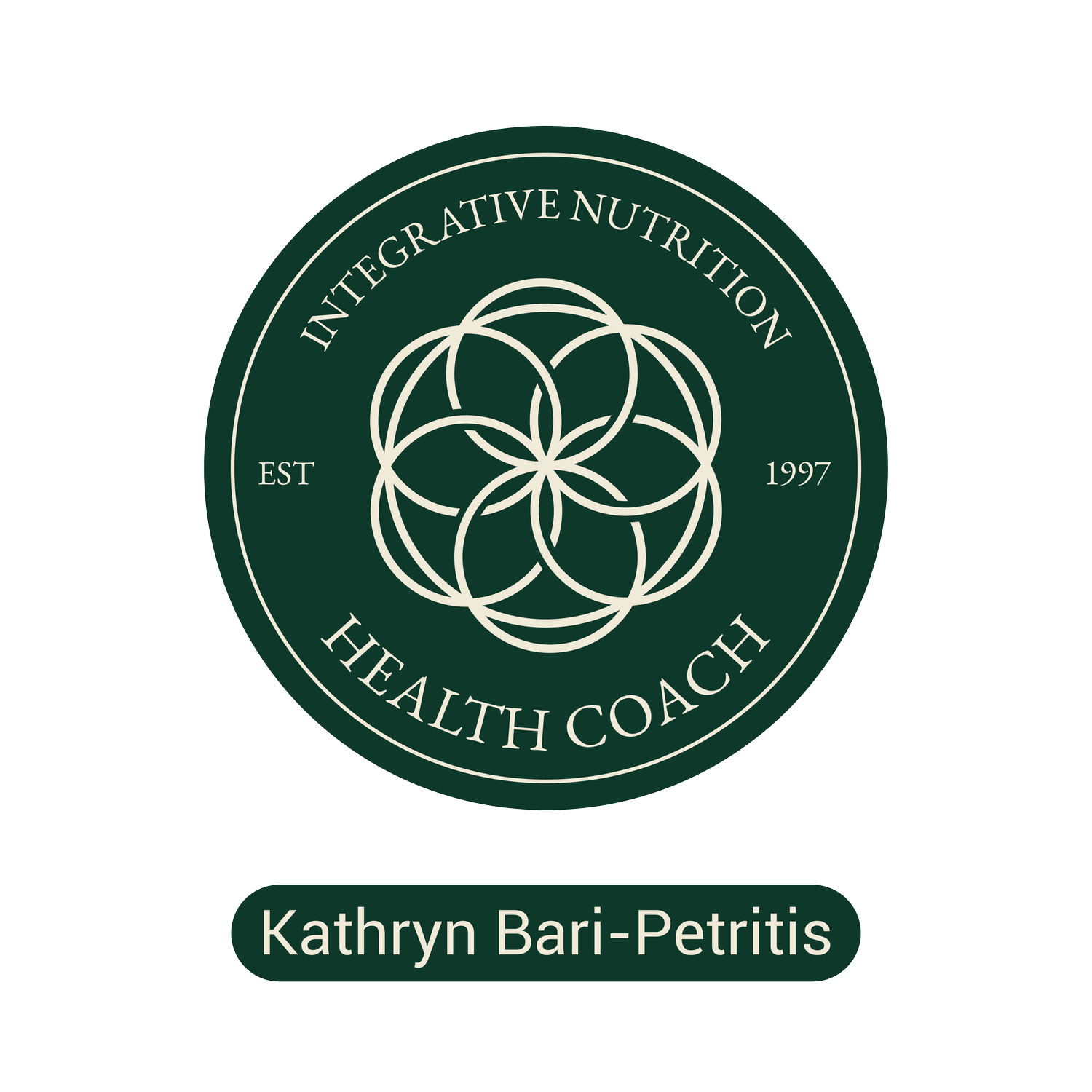The Health Debate Over Energy Drinks
So-called energy drinks–a new breed of concoctions with stiff doses of caffeine, sugar, and a mixture of herbs and other substances–are fast becoming the younger generation’s pick-me-up of choice.
Energy drink makers also market their products to teens and young adults by sponsoring sporting events or athletes who compete in extreme skiing, skateboarding, or BMX biking. Big business markets them to people under 30 years of age, esp. to our college students and are available on and off campus.
Can you believe, sales in this country have more than doubled over the years, according to the Beverage Marketing Corp.–from $130 million in wholesale sales to a projected $275 million this year? Just in–the new facts are: teenagers and young adults spent (last year) almost $2.3 billion on heavily caffeinated drinks with names like Monster, Red Bull, Amp, and Full Throttle.
Now the market has blossomed and there are hundreds of energy drinks available.
THE SHORT-TERM AND LONG-TERM DANGERS:
Energy drinks should not be used while exercising as a combination of fluid loss from sweating and the diuretic quality of the caffeine can leave the user severely dehydrated.
Since energy drinks are stimulants (like a real drug) and alcohol is a depressant, the combination of effects may be very dangerous.
The stimulant effect can give the person the impression they are not impaired. Once the stimulant effect wears off, the depressant effects of the alcohol will remain and could cause vomiting in your sleep or severe respiratory problems
The amount of caffeine in these drinks isn’t always indicated on the label, so it is difficult to know just how much one is consuming.
What experts say about it…
Experts say teens often don’t know how much caffeine they’re drinking. And many teenagers also don’t know how easy it is to become dependent on the stimulant.
“If our using drinks for three or five days in a row, and then suddenly quit, then a person could be thrown into withdrawal,” says Roland Griffiths, professor of behavioral biology at Johns Hopkins University.
Dr. Michael Hirt, a California physician says, that they’re some drinks that contain the drug ephedrine, a stimulant that is included in decongestants and that combined with caffeine can cause deadly heart problems.
Last summer, Sweden’s National Food, and Administration began advising people not to consume Red Bull with Alcohol, or as a thirst quencher. The recommendation came after a young woman who had consumed alcohol with the popular product died, apparently of dehydration.
A combination of these drinks while a person is taking any over-the-counter medications or even the common cold can cause serious problems. Intestinal health is compromised by the significant range of Caffeine in these drinks. Good cellular health is at risk by trying and using these drinks.
HEALTHY ALTERNATIVES TO DANGEROUS ENERGY DRINKS:
While visiting a neighbor Vitamin store I found the following alternatives:
Vitamins and other Supplements
The Vitamin B family stands for energy, here are some good choices for Vitamin B-12:
Jarrow’s Methyl B-12 1000
Methyl B-12 5000
Brickerlabs B-12 Blast
Nature’s Answers New Orac Super 7-Liquid high Antioxidant Concentrated Extract. It contains Acai Berry, Mangostein, Goji Berry, Pomegranate, Red Coffee Fruit, Muscadine Grape, and Blueberries. Orac means Oxygen Radical Absorbance Capacity.
Green’s Superfood Category
Amazing Grass, Green Superfood
Green Vibrance, powder form
Green’s Today, Original Formula, powder form
Green Magma, powder form
Sunny Green, chewable form
Spirulina, by Earthrise, pill form
Sun-Chlorella, by Yaeyama, pill form
To make Energy shakes and smoothies
Source of Life Energy Shake (Soy-Protein)
Spirutein Shakes, all flavors
Nutri-Biotic Shake, Rice Protein
Rainbow Light Protein Energizer
Jay Robb’s Whey Protein Shake
Shaman Smoothies (maca spiced Chai) individual packets
Source of Life Daily Blast energy Elixir (equivalent to Red Bull)
Maca Category
Maca is a superfood-food-herb with an outstanding ability to increase energy, endurance, and strength. Maca has traditionally been a staple superfood in the harsh cold climates of the high Andes in Peru for thousands of years. Maca is a member of the cruciferous family of plants. It is a distant relative of the common radish.
THE HEALTH DEBATE WILL GO ON:
This raises concern for some doctors and nutritionists, despite assurances from the drink makers, who say the products are harmless so long as people who use them also stay hydrated.
As the market expands the media will push these products to new heights. It is now Buyer-Beware. We must educate ourselves on any products that are not natural sources.


